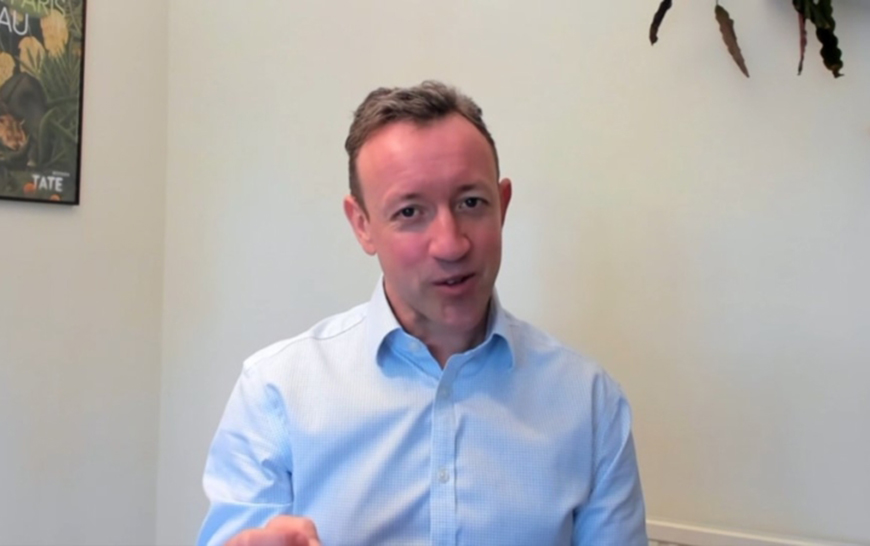So says President Trump. Whatever you think about the personality or the policy, one thing is for certain: Donald Trump knows the art of storytelling.
Villain, Victim, Hero
One of the classic storytelling techniques we cover in our workshops is the Villain, Victim, Hero formula. It is so familiar to us that our brains expect it and respond to it. From bedtime stories as a child to Star Wars, the formula’s power is used again and again.
To summarise how it works:
Villain: this could be a person – think Lex Luthor – or a “thing” such as the shark in Jaws or a volcano about to erupt.
Victim: the poor, innocent victim.
Hero: Superhero or ordinary person doing extraordinary things (or both in the case of Superman/Clark Kent).
To make the story more dramatic, make the Villain more dastardly, the victim more worthy of our pity or the hero more compelling.
Donald Trump uses this formal in a relentlessly consistent and simple way:
Villain: the establishment, “crooked Hilary”, “the swamp” in Washington.
Victim: You! The honest, decent hard-working ordinary soul.
Hero: An outstandingly successful businessman with stellar talents and dealmaking prowess…
Instead of varying the message, Donald Trump is a master at giving more impact to his storytelling by repeating and strengthening the formula. He makes his villains ever more villainous. The victims and their suffering, “the horrible mess” from the tweet above, is presented in colourful and dramatic ways. And of course, the more dangerous the villain and the more wronged the victim, the more impressive the hero is!
Using storytelling in your presentations
We may not want to emulate Donald Trump but we can certainly learn from how he tells stories. If you have to present data and facts in a way that will have your audience paying attention, try to think about:
- Who is the Villain?
- How bad is that Villain?
- Who is suffering because of the Villain?
- What is the impact on the Victim?
- How can this be solved?
- What are the qualities of your hero?
Next time you hear a speech from Donald Trump listen out for Villains and Victims. You will hear what an impact storytelling can have.








0 Comments